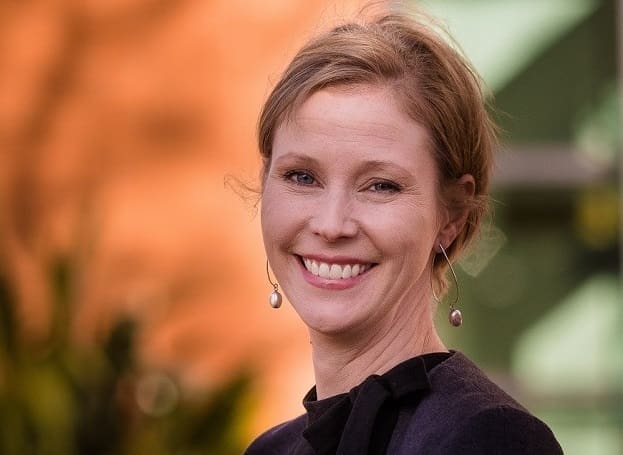In recognition of International Women’s Day, Katie Tamblin, Chief Product Officer at Achilles, shares her thoughts on her journey in the procurement profession, and her advice for those looking to succeed in the field.
What is it about procurement that attracted you as a place to build a successful career?
It wasn’t procurement explicitly that attracted me. I fell into the role of supporting procurement professionals by accident, really. I was hooked, though, by this dynamic and complex field that was undergoing rapid transformation. I started work as an economist, analysing labour markets and the costs of goods and services across a range of countries. It turns out, our forecasts for how costs change over time were extremely useful to procurement professionals. I learned how to craft the data into insights to enable procurement professionals to make data driven decisions about contract structures and indexation, to negotiate the best deal, time purchases, and budget. I found that by applying a data-based framework to procurement decision making, we could unlock incredible cost savings, and teach procurement teams how to make strategic decisions that elevate the profession as a whole. The impact data driven decision making can have on procurement is what has kept my interest in the industry: there is always an interesting and unique challenge to be addressed.
What one piece of advice would you give to women looking to build a career in procurement?
Embrace your unique skills. Do not try to be like anyone else. In my experience in procurement, many women in the generation preceding mine and my own who reach leadership levels express slightly more traditionally male characteristics than your average woman. The mentors I have had throughout my career have been both men and women, I had very strong female role models in my younger years, and I was the child of a single father for my ever-important toddler stage. I wonder if the times my father took me hunting and fishing, fixed my ponytail wrong, or dressed me in clothes that didn’t fit or match, have somehow shaped my later life choices and attributes as I went on to study math, pursue a career in economics, and later shook off the pressure to stay home with the kids rather than going back to work full time.
As I look back on it, I wonder if I inadvertently tried to be more masculine in the workplace – to emulate the men I saw at the top and wanted to join. And, if I did, I would tell my younger self to stop, and be proud of the characteristics that make you female. Lift up other women for their strength in communication, relationship building, and ability to be vulnerable. These characteristics are important to every organization, and, can be underserved and under-appreciated. My advice is be yourself and derive strength from the fact that your uniquely feminine characteristics serve you and your colleagues well in the workplace. A balance of leadership qualities, drawing from both the traditional and modern, can make you stand out from the majority.
What do you think are the key skills/ attributes required for success in this industry?
Be able to execute. You must have a track record of execution and strong performance doing the task at hand before expecting or reaching a position in which you would then manage someone else performing that task as a leader. In short – be prepared to work your way up. It is hard to build credibility if you haven’t walked in the shoes of those you are seeking to manage. The trial and error process through which you learn what makes a “good” decision and what contributed to failures is a critical skill set that makes a stronger leader.
Be an innovative problem solver. Procurement is an extremely complex field. It requires that skilled practitioners be able to consume massive amounts of input and settle on wise decisions that provide the best outcome for internal and external stakeholders.
Does it offer the lowest cost? Is it sustainable? But without compromising quality? Is the supplier ethical? Can s/he deliver on time?
We can approach many difficult procurement challenges as problems to be solved. They have multiple complex inputs, and the output is an appropriate outcome that provides the greatest overall benefit to stakeholders. Often the optimal solution is forward-looking. Draw on trends from other fields or industries that are leading the pack. Look for ways to apply their teachings to your challenges.
Be able to listen and evaluate input. In most teams I’ve worked on, there are complementary skills at play. Some members of the team are great at details; others focus on the big picture. Some are great at proposing solutions, others are great at critically reviewing those propositions but less forthcoming with solutions. Successful professionals can distil competing points of view into an effective solution. To manage this, seek input from players that have different skill sets when faced with difficult challenges. With multiple points of view, a solution can become clear.


